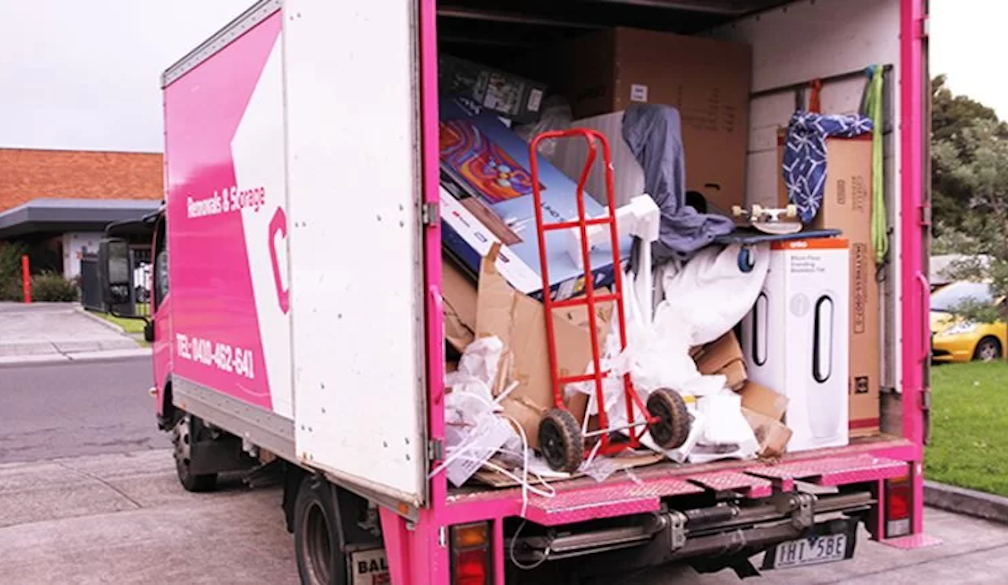5 Creative Ways to Beat the Heat This Summer with Split Systems
- Written by The Chronicle

As summer rolls around in Australia, the sweltering heat can often feel relentless. While many of us dream of lazy days at the beach, the reality is often spent indoors, trying to escape the heat. Luckily, the modern split system air conditioner has become a staple in many households, providing cool comfort when the temperatures soar. Let’s explore some creative ways to maximize your summer experience while enjoying the benefits of split system sales Melbourne and ensuring your unit is properly installed with a split system supply and install service.
1. Transform Your Living Room into a Summer Oasis
Imagine your living room as a tropical retreat! With the right setup, your space can become the perfect escape from the scorching sun. Use lightweight curtains to block out the sun during peak hours, allowing your split system to work its magic. Complement the cool air with indoor plants to create a refreshing ambiance.
Add a few summer-themed decorations, such as seashells or beach towels, to enhance the vibe. Invite friends over for a movie marathon and serve chilled refreshments. Not only will you beat the heat, but you’ll also create a fun gathering space without stepping foot outside!
2. Set Up a Cool Reading Nook
Find a cozy corner in your home and transform it into a cool reading nook. Position your split system to direct cool air toward your new retreat. Choose a comfy chair, add some pillows, and make it invite. To complete the atmosphere, incorporate a small bookshelf with your favorite summer reads.
Consider adding a small side table for your iced tea or lemonade. You’ll find that spending time in a chilled nook, engrossed in a book, is a delightful way to escape the heat!
3. Host an Indoor Garden Party
Who says you can’t enjoy the outdoors while staying inside? Host an indoor garden party by bringing the outside in! Decorate your living space with potted plants and flowers, and serve fresh, vibrant dishes that reflect the summer season.
Ensure your split system is set to keep the temperature comfortable for your guests. You can even set up a small area for games or a mini dance party. With a chilled atmosphere, you can enjoy the joys of summer without worrying about the heat outside.
4. Cool Down with Arts and Crafts
Summer is the perfect time to unleash your creativity. Set up an arts and crafts station in a well-ventilated area of your home, cooled by your split system. Whether it’s painting, knitting, or DIY home decor, this can be a fun way to pass the time while staying cool.
Engage your kids or friends in crafting sessions and showcase everyone’s creativity at the end of the day. This indoor activity not only keeps you cool but also allows you to create memorable summer keepsakes.
5. Chill Out with Virtual Travel
Take advantage of technology to explore the world from the comfort of your home. Set your split system to keep the room comfortable while you embark on a virtual travel adventure. Use online resources like documentaries, virtual tours of museums, and travel blogs to transport yourself to different destinations.
You can also prepare a themed dinner based on your travel destination—think Italian pasta night or a spicy Mexican fiesta! With your split system sales Melbourne providing a cool breeze, you can enjoy a mini vacation without ever leaving your home.
Conclusion
This summer don’t let the heat hold you back from enjoying the season. With the help of a reliable split system air conditioner, you can create an indoor paradise where creativity, relaxation, and fun thrive. Whether you’re hosting a gathering or enjoying quiet time with a book, make the most of your home’s cool comfort.








